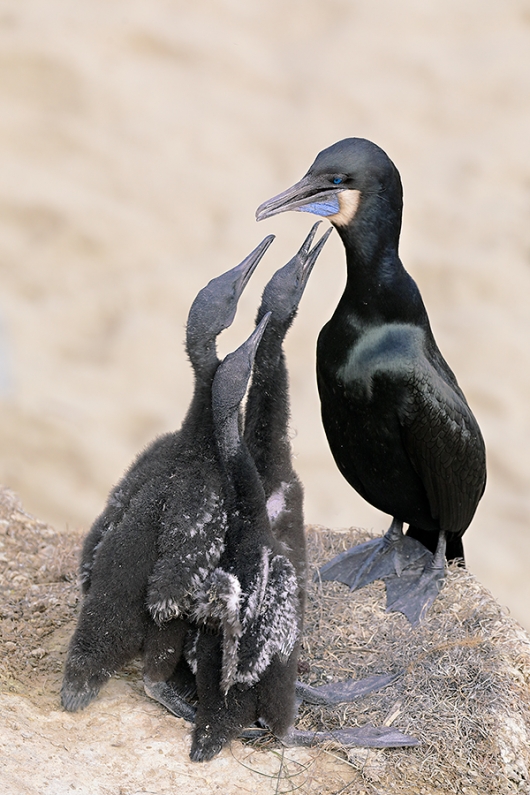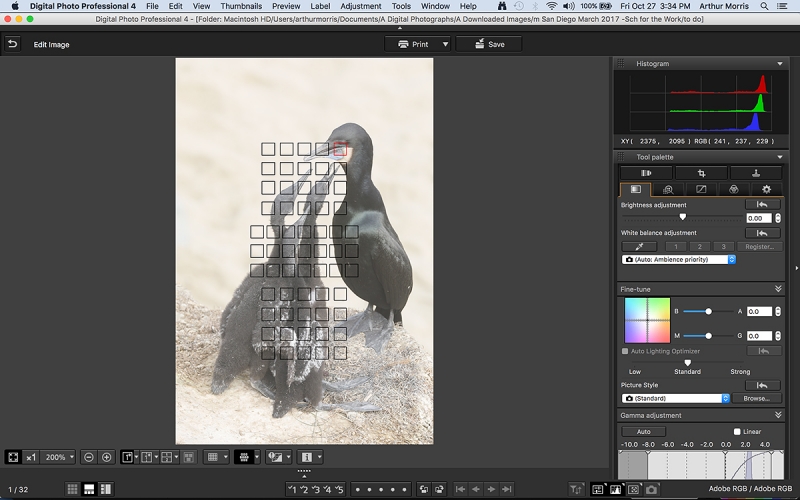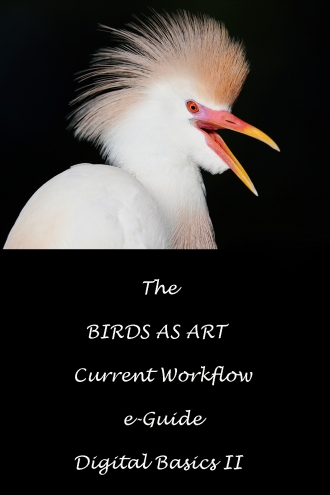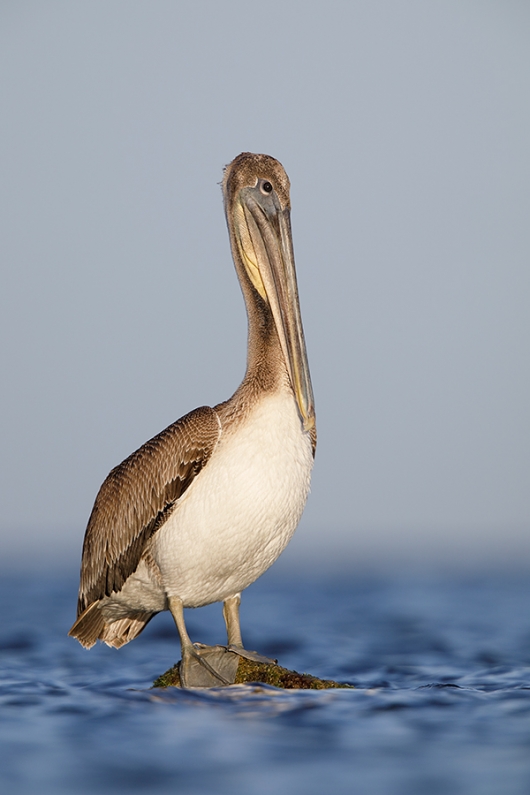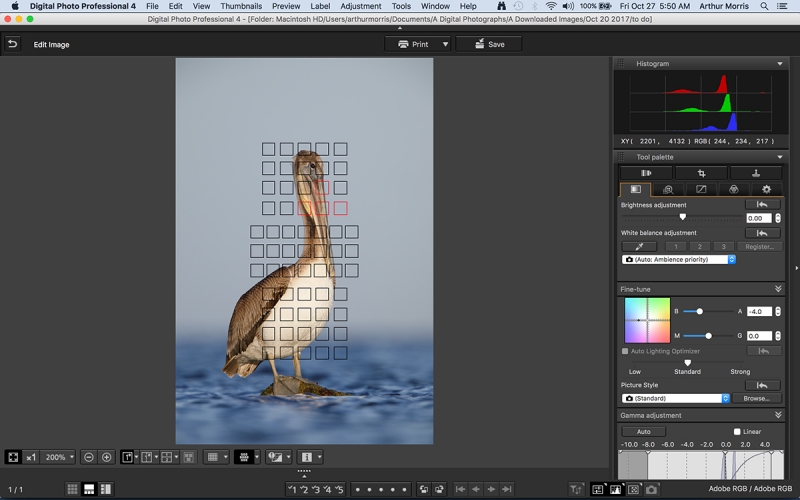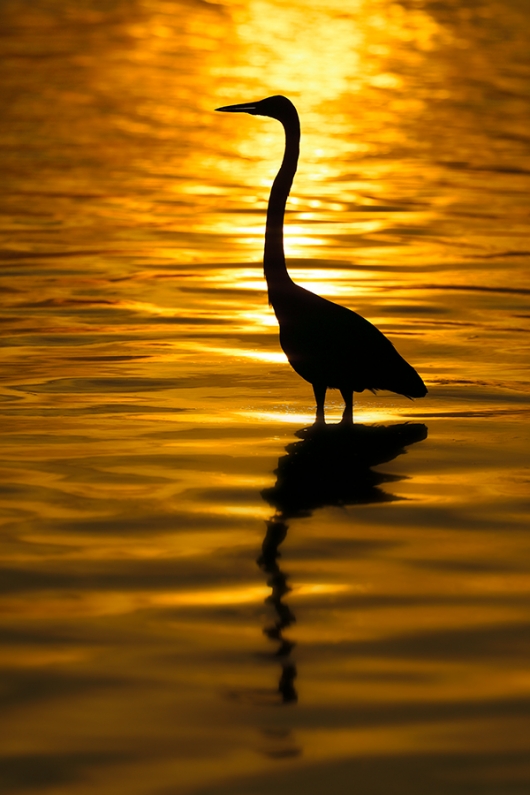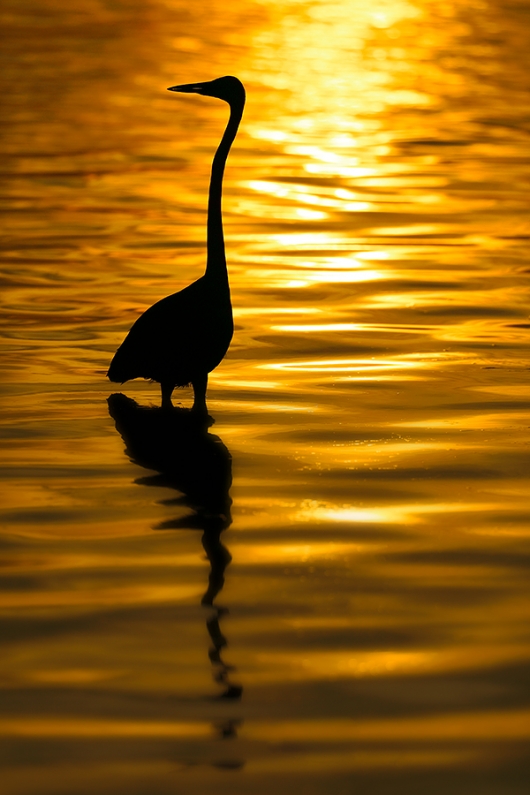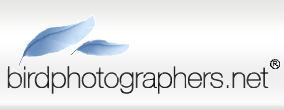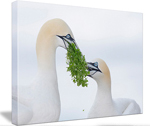Stuff
On Saturday morning I met my group of four at DeSoto in the dark. Once we were all set up the group enjoyed and introductory slide show with my Macbook Pro on the front hood of my Sequoia. Things were not looking too great as there was not much bait around and there were lots of pleasure boats in the backgrounds of our landing pelican images. But things improved rapidly both before and after the sun made it over a really large cloud above the eastern horizon. We did well with young pelicans and Sandwich Terns in flight, some Double-Crested Cormorants, and the first of the season Marbled Godwit that was shy at first but quickly grew to love us. The cherry on top was the the mystery egret flew in and landed right in from of us with a perfect distant blue water background.
In addition to pointing out the need to expose to the right with all of your digital captures, the title for today’s blog post, Exposing 3000 Miles to the Right, reflects the fact that Brandt’s Cormorants are a western species, found only along the Pacific coast. 🙂
The Streak
Today makes ninety-four days in a row with a new educational blog post! This one took about an hour to prepare. With all of my upcoming free time (or not …), the plan right now is to break the current record streak of 480 … Good health and good internet connections willing.
Booking.Com
Booking.Com came through for me twice again recently with both the DeSoto Fall IPT and next July’s UK Puffins, Gannets, and Bempton Pre-trip room reservations. And all the rates were great. If you’d like to give Booking.Com a shot, click here and you will earn a $25 reward. Thanks to the many who have already tried and used this great service.


Gear Questions and Advice
Too many folks attending BAA IPTs and dozens of folks whom I see in the field, and on BPN, are–out of ignorance–using the wrong gear especially when it comes to tripods and more especially, tripod heads… Please know that I am always glad to answer your gear questions via e-mail.
|
|
|
This image was created in San Diego in March, 2016 with the Induro GIT304L Grand Series 3 Stealth Carbon Fiber Tripod/Mongoose M3.6-mounted Canon EF 100-400mm f/4.5-5.6L IS II USM lens, the Canon Extender EF 1.4X III (at 338mm) and my favorite cormorant photography camera body, the Canon EOS 5D Mark IV. ISO 800. Evaluative metering +1 2/3 stops: 1/800 sec. at f/9 in Manual mode. AWB in totally overcast conditions. LensAlign/FocusTune micro-adjustment: -5. As seen in the DPP 4 screen capture below, Upper Large Zone/AI Servo/Shutter Button AF was active at the moment of exposure and again, performed to perfection. The system activated a single AF point right on the adult cormorant’s eye. Brandt’s Cormorant family/three begging chicks |
Nesting Brandt’s Cormorants
While you will almost surely not get to photograph chicks of this species on either San Diego IPT, we will enjoy even better photographic opportunities with courting adults in full breeding plumage with their silver head plumes and richly colored turquoise gular sacks with purple flecking. The color is surreal. And so are the heads back/wings down displays.
|
|
A DPP 4 Screen Capture for today’s featured image
|
Upper Large Zone AF kills again for verticals!
Notice that the system activated a single AF point that fell squarely on the bird’s eye. The trick is to watch the AF point or points as they dance around the array and to press the shutter button when they are on or near the right spot, i.e., somewhere that is on the same plane as the bird’s eye.
Exposing 3000 Miles to the Right …
Note that the histogram is pushed all the way to the right. Note how light the RAW file looks as it came out of the camera. I often say,”If your RAW files look good on the back of your camera and on your laptop, they are under-exposed. Your properly exposed RAW files should look washed out, especially those made in low light and those that average to lighter than a middle tone.”
Properly exposing to the right reduces noise in the dark tones and produces larger, higher quality image files. But only 100% of the time.
The Image Optimization
Knowing that a simple Levels adjustment would bring this image to life, I did not do much in DPP 4 after loading my EOS 5D Mark IV/ISO 400 recipe. The first thing that that I did in Photoshop was the simple Levels adjustment that I mentioned above, being sure to hold down the Alt key as I set both the white and the black points — back off a bit once you see the first speckles. That alone greatly improved the image. Next I ran the RGB Curves Color Balancing Trick on its own layer but still the background dirt and the sand on the beach below needed a lot more color and punch. To that end, I opened a new layer for the whole image and then went Image > Adjustments > Selective Color. I picked the WHIITe channel, added 90 points of black and five points of yellow. Voila.
Then I saved the master TIF file, cropped the image to 900 pixels high, sharpened it with Unsharp Mask at 80/.3/0 and save the JPEG, making sure to hit “D” for Don’t Save when asked if I wanted to save the changes made to _W5A7642. (If you hit save, you replace your master TIF file with a tiny JPEG …)
|
|
|
The BIRDS AS ART Current Workflow e-Guide (Digital Basics II) will teach you an efficient Mac/Photo Mechanic/Photoshop workflow that will make it easy for you to make your images better in Photoshop (rather than worse). That true whether you convert your images in DPP 4 or ACR. See the blog post here to learn lots more and to read a free excerpt. You can order your copy from the BAA Online Store here, by sending a Paypal for $40 here, or by calling Jim or Jennifer weekdays at 863-692-0906 with your credit card in hand. |
The BIRDS AS ART Current Workflow e-Guide (Digital Basics II)
Everything mentioned above is covered in detail in the BIRDS AS ART Current Workflow e-Guide (Digital Basics II), an instructional PDF that is sent via e-mail. Learn more and check out the free excerpt in the blog post here. The new e-Guide reflects my Macbook Pro/Photo Mechanic/DPP 4/Photoshop workflow. Do note that you will find the RGB Curves Adjustment Color Balancing tutorial only in the new e-guide. Note: folks working on a PC and/or those who do not want to miss anything Photoshop may wish to purchase the original Digital Basics along with DB II while saving $15 by clicking here to buy the DB Bundle.
The two most recent and many of the older MP4 Photoshop Tutorial videos releases go hand and hand with the information in DB II):
Folks who learn well by following along rather than by reading can check out the complete collection of MP 4 Photoshop Tutorial Videos by clicking here.
You can learn how and why I and other discerning Canon shooters convert nearly all of their Canon digital RAW files in DPP 4 using Canon Digital Photo Professional in the DPP 4 RAW conversion Guide here. And you can learn advanced Quick Masking and advanced Layer Masking techniques in APTATS I & II. You can save $15 by purchasing the pair. Folks can learn sophisticated sharpening and (NeatImage) Noise Reduction techniques in the The Professional Post Processing Guide by Arash Hazeghi and yours truly.
If In Doubt …
If in doubt about using the BAA B&H affiliate link correctly, you can always start your search by clicking here. Please note that the tracking is invisible. Web orders only. Please, however, remember to shoot me your receipt via e-mail.




Please Remember to use my Affiliate Links and to Visit the New BAA Online Store 🙂
To show your appreciation for my continuing efforts here, we ask, as always, that you get in the habit of using my B&H affiliate links on the right side of the blog for all of your photo and electronics purchases. Please check the availability of all photographic accessories in the New BIRDS AS ART Online Store, especially the Mongoose M3.6 tripod head, Wimberley lens plates, Delkin flash cards and accessories, and LensCoat stuff.
As always, we sell only what I have used, have tested, and can depend on. We will not sell you junk. We know what you need to make creating great images easy and fun. And please remember that I am always glad to answer your gear questions via e-mail.
I would of course appreciate your using our B&H affiliate links for all of your major gear, video, and electronic purchases. For the photographic stuff mentioned in the paragraph above, and for everything else in the new store, we, meaning BAA, would of course greatly appreciate your business. Here is a huge thank you to the many who have been using our links on a regular basis and those who will be visiting the New BIRDS AS ART Online Store as well.
Amazon.com
Those who prefer to support BAA by shopping with Amazon may use the logo link above.
Amazon Canada
Many kind folks from north of the border, eh, have e-mailed stating that they would love to help us out by using one of our affiliate links but that living in Canada and doing so presents numerous problems. Now, they can help us out by using our Amazon Canada affiliate link by starting their searches by clicking here.
Be sure to like and follow BAA on Facebook by clicking on the logo link upper right. Tanks a stack.
Typos
In all blog posts and Bulletins, feel free to e-mail or to leave a comment regarding any typos or errors. Just be right :).

